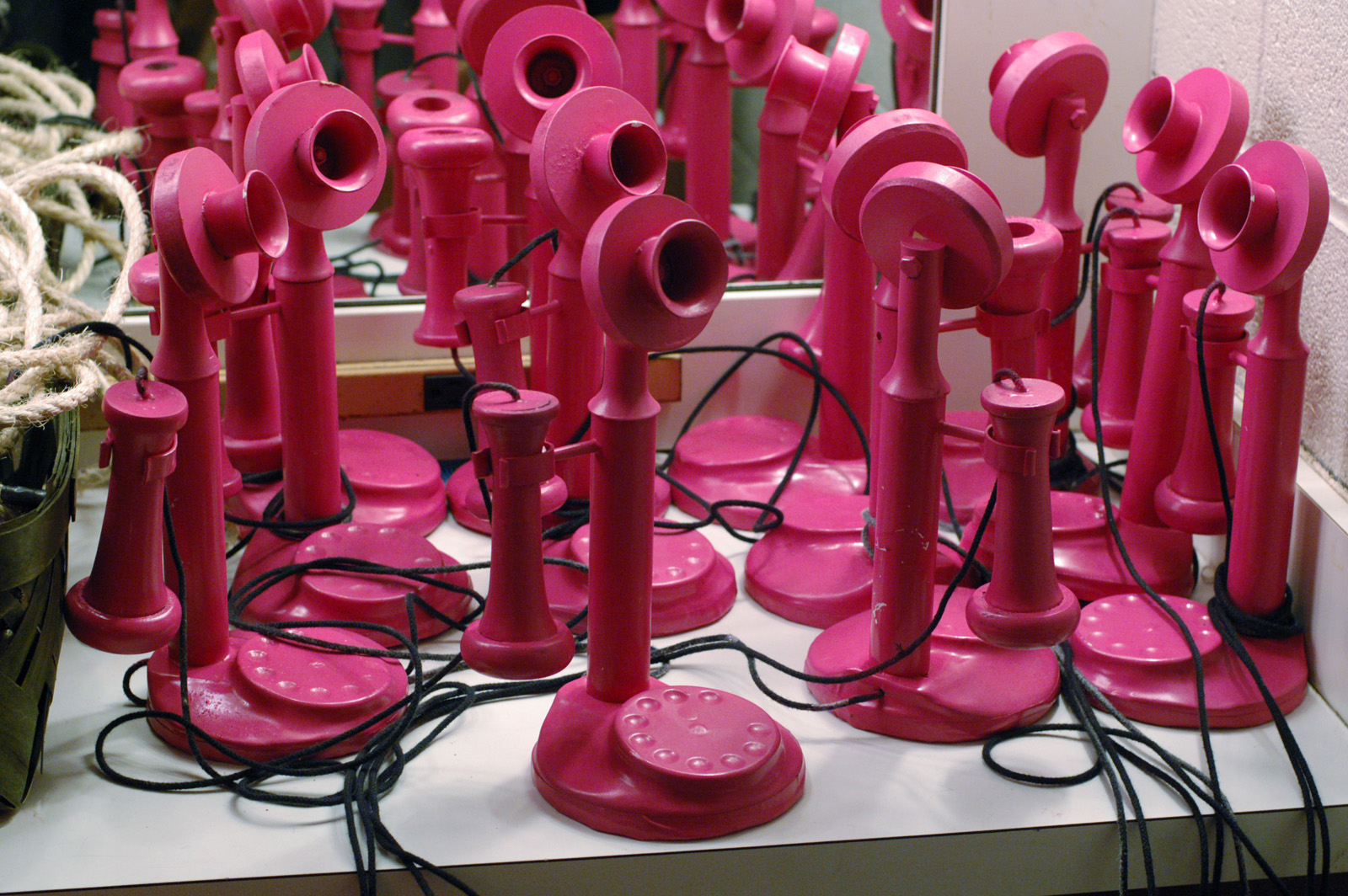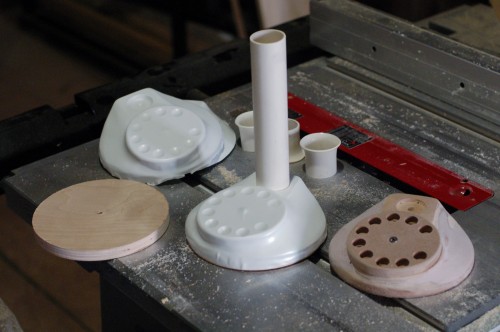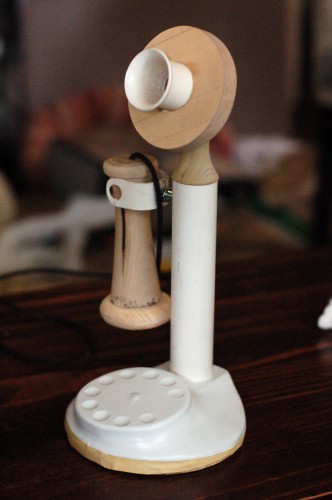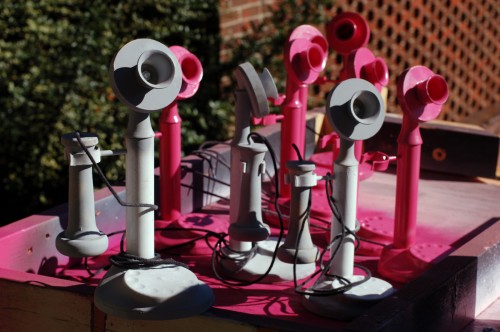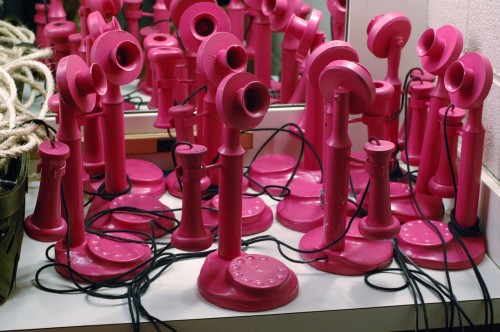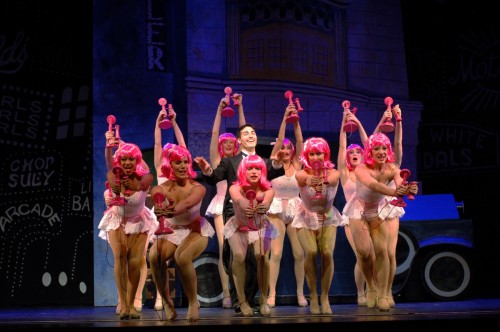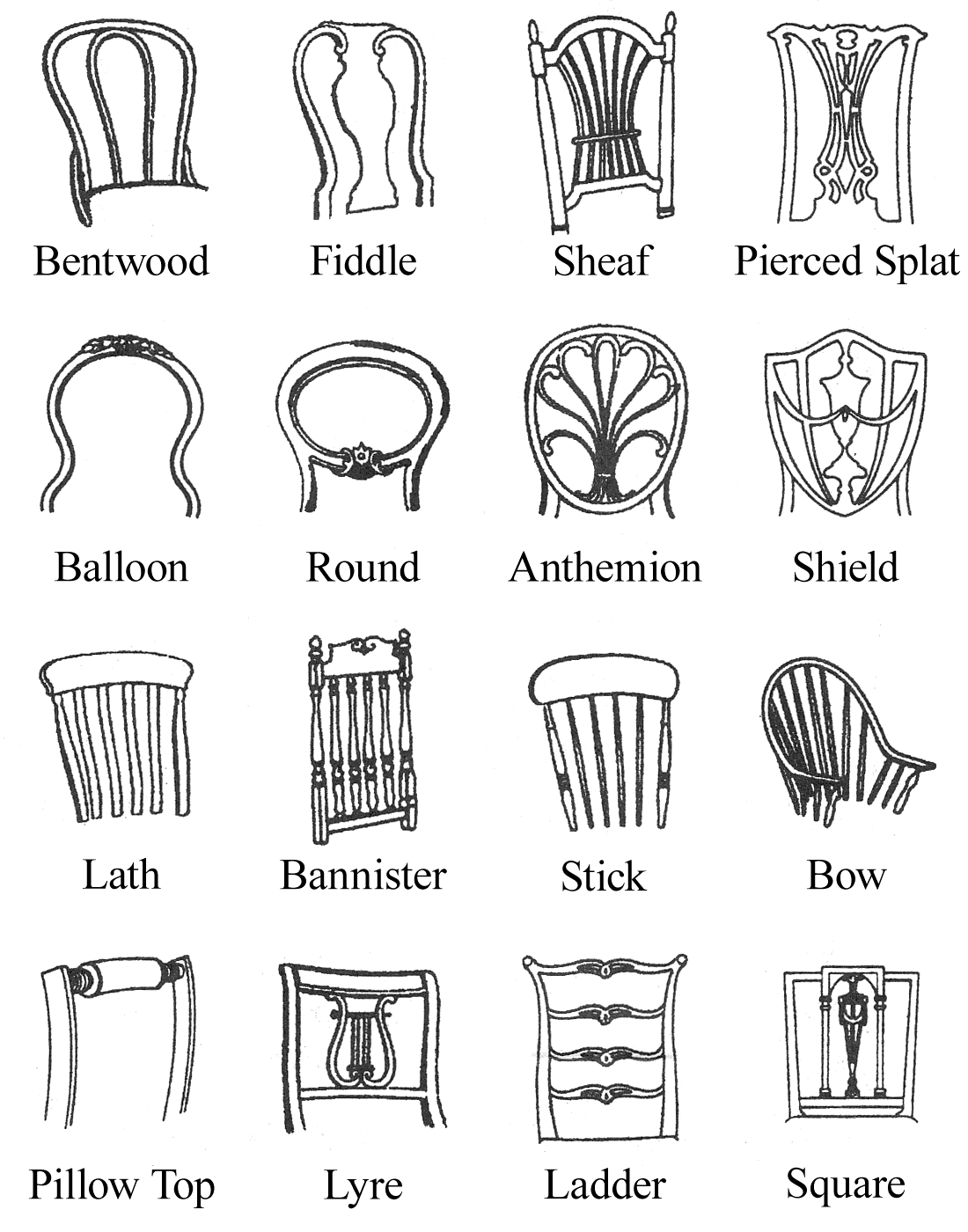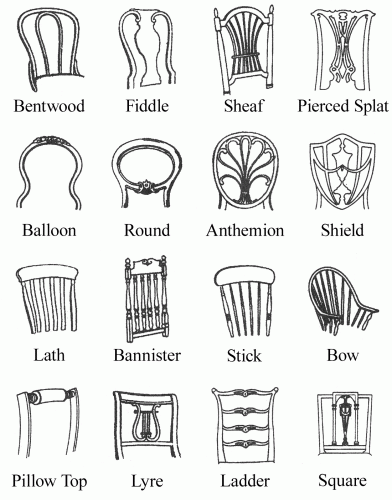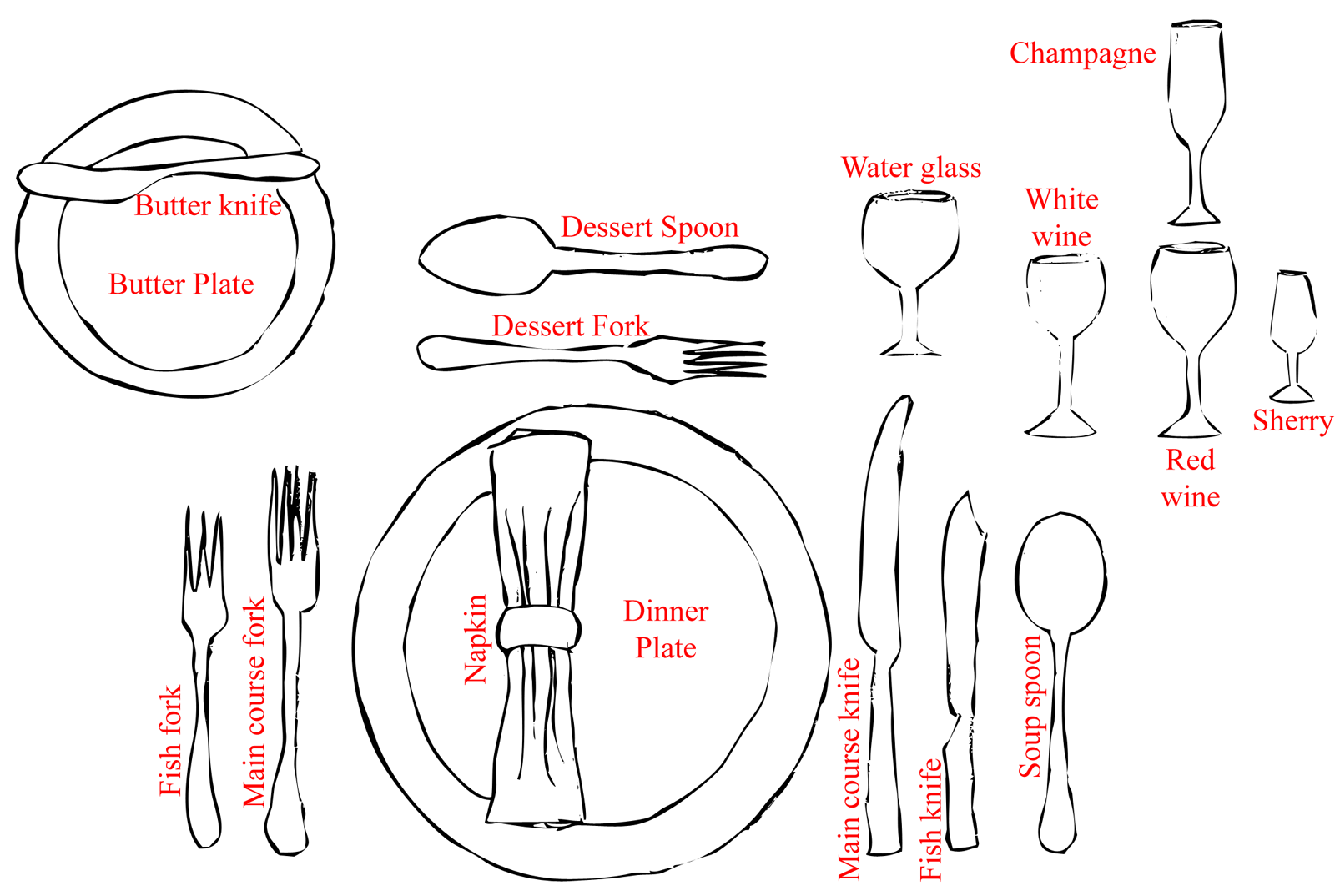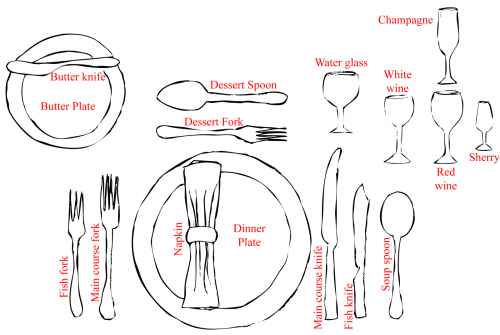Tested has quite the in-depth interview with Harrison Krix, one of the top videogame replica prop makers on the Internet these days. They delve into his process for building a prop, his workshop setup, and how he got started. Harrison has also contributed some photographs to my book, if you are interested. By the way, Tested is a website run by Adam Savage and Jamie Hyneman (of Mythbusters fame), and it has a lot of other cool stuff inside, such as this video showing some models Adam Savage has made for films.
Just look at these color photographs of Paris in 1914. I love the signs and lettering on all the shops.
I love the show Parks and Recreation, not least because Nick Offerman is an honest-to-goodness woodworker. The show also regularly features some fun and memorable props. Entertainment Weekly has talked with prop master Gay Perello about her five favorite props from this year’s episodes. You not only get to see some imaginative props, you also get to hear the challenges involved and the process in arriving at a solution for all of them.
An interesting page came through the Prop Masters list this week. The Museum of American Packaging is a photographic collection of thousands of product packages, mostly from the mid-twentieth century. You can call it “doing research” if you want, but I would look at these pictures even if I didn’t have a show set in this time period.
So you’re doing a show about physicists or mathematicians, and you need a blackboard filled with equations. Do you start making things up? Or do you head over to Alejandro Guijarro’s photographic series of physicist’s blackboards?


